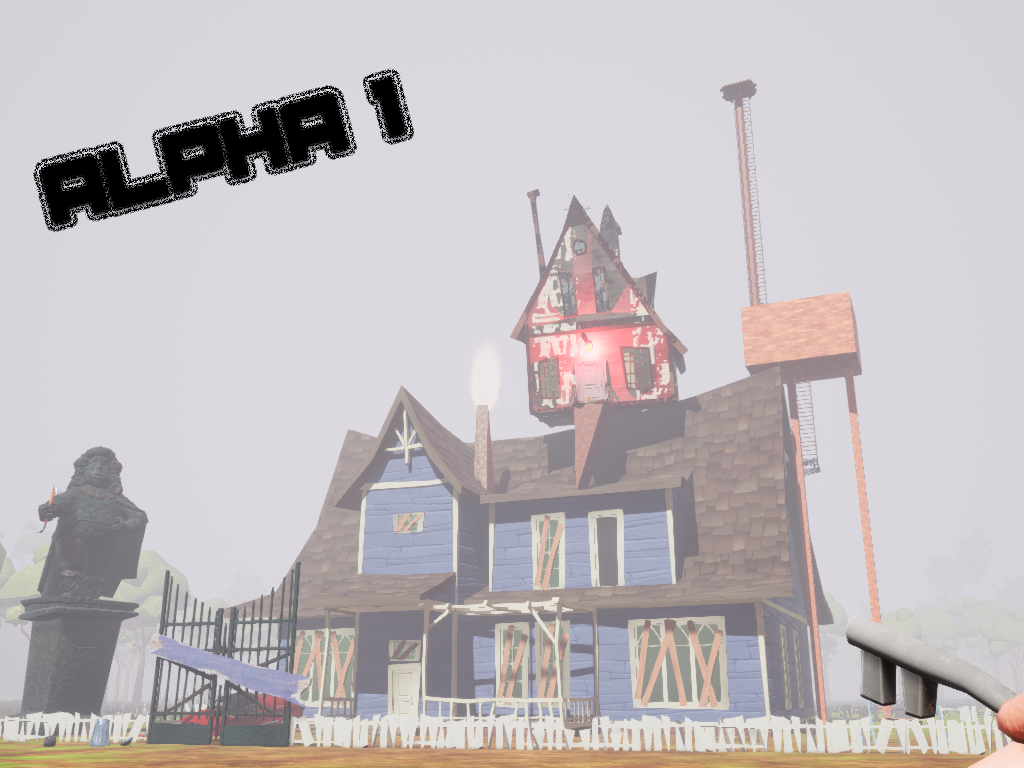

In the first judgement of its kind, the judge imposed a three-year criminal behaviour order on the gang members, who are serving sentences for conspiracy to commit violent disorder. Senior officers say the videos, which frequently contain graphic threats and gun signs, glamourise violence but fans argue they reflect artists’ experiences.įive drill musicians have been banned from writing lyrics encouraging violence and ordered to warn police before they record or perform any songs. YouTube has already deleted more than half of videos targeted by the Police in a dedicated operation against “drill” music, which originated in Chicago and has become increasingly popular in Britain. Police are waging a crackdown on a genre of rap music that officers claim is driving rising knife and gun crime. Today the marginalised sub-cultures of youth tribes are distinguished by their postcodes.
The who mods mods#
Mods wore suits and other cleancut outfits, and preferred 1960s music genres such as soul, rhythm and blues, ska, beat music, and British blues-rooted bands like The Yardbirds, the Small Faces, and The Who
The who mods mod#
The mod subculture was centred on fashion and music, and many mods rode scooters. The common rocker hairstyle was a pompadour, while their music genre of choice was 1950s rock and roll, played by artists including Eddie Cochran, Gene Vincent, and Bo Diddley. The style was heavily influenced by Marlon Brando in The Wild One. Rockers generally wore protective clothing such as black leather jackets and motorcycle boots (although they sometimes wore brothel creeper shoes). The rocker subculture was centred on motorcycling, and their appearance reflected that.

Their sub-cultures were linked strongly to music and fashion. Media coverage of mods and rockersfighting in 1964 sparked a moral panic about British youth, and the two groups became widely perceived as violent, unruly troublemakers. Mods and rockers were two conflicting British youth subcultures of the early/mid 1960s to early 1970s. Yet a sense of rebelliousness and a need to demonstrate worth through bravado and creativity through fashion and music can be positive. What makes youth tribes go to war? Are there parallel causes that can be found between the Mods and Rockers of the 60’s and the Postcode gangs of today? Reasons such as economic deprivation, drug abuse, social alienation, lack of positive male role models, and a desire to belong to a kind of family are often cited as underlying causes of gang violence. Part of Revive Festival – Shaping a Generation Soft Touch Arts, 50 New Walk, Leicester, LE1 6TF What can the 60’s youth tribes teach us about gang culture today?


 0 kommentar(er)
0 kommentar(er)
